Home>Articles>How Long Does It Take To Make Meringue With A Hand Mixer
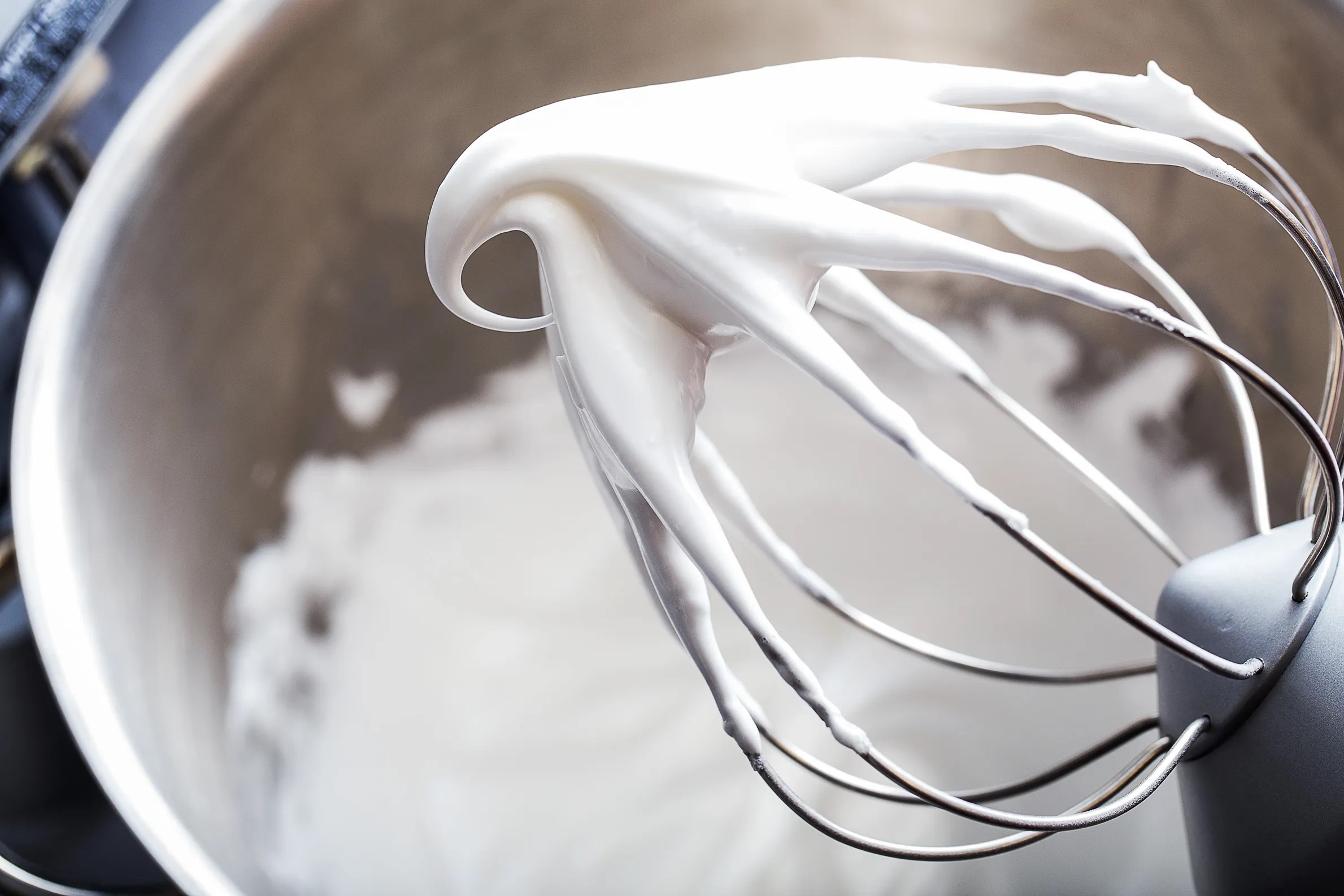

Articles
How Long Does It Take To Make Meringue With A Hand Mixer
Modified: October 20, 2024
Learn how long it takes to make meringue with a hand mixer. Get expert advice and tips in our articles.
(Many of the links in this article redirect to a specific reviewed product. Your purchase of these products through affiliate links helps to generate commission for Storables.com, at no extra cost. Learn more)
How Long Does It Take To Make Meringue With A Hand Mixer
Making meringue with a hand mixer can be a delicate process that requires time and precision. Whether you are preparing a light and fluffy meringue for a lemon meringue pie or a crisp and chewy meringue for pavlova, getting the right consistency is key. In this article, we will explore the time it takes to make meringue with a hand mixer and provide you with helpful tips for achieving the perfect meringue every time.
Preparing the Ingredients
Before you begin mixing your meringue, it is important to gather all the necessary ingredients. You will need fresh egg whites, sugar, and a small amount of cream of tartar. The measurements of these ingredients can vary depending on the recipe you are using, so be sure to follow the instructions carefully.
Once you have your ingredients ready, it is crucial to measure them accurately. Use a kitchen scale to weigh the egg whites and sugar for precise measurements. This will help ensure the success of your meringue.
Understanding Hand Mixer Settings
Most hand mixers come with different speed settings, typically ranging from low to high. When making meringue, it is best to start at a low speed to incorporate air into the egg whites gradually. As the egg whites begin to foam, gradually increase the speed to medium until the mixture becomes thick and glossy. Avoid using high speeds, as this can cause the meringue to become overworked and result in a less stable final product.
Mixing the Meringue
To begin mixing the meringue, make sure your mixing bowl and beaters are clean and free of any residue. Place the egg whites and cream of tartar in the bowl and start beating on the low speed, gradually increasing the speed as mentioned earlier. It typically takes around 5-10 minutes to achieve the desired consistency.
During the mixing process, keep an eye on the meringue. As the mixture thickens, check for stiff peaks. This means that when you lift the beaters out of the meringue, the peaks that form should hold their shape without drooping.
Time Required for Mixing
The time it takes to make meringue with a hand mixer can vary depending on various factors. The speed of your hand mixer, the quality of your egg whites, and the desired consistency of the meringue can all affect the mixing time. On average, it can take anywhere from 5 to 15 minutes to achieve the desired results.
It is important to exercise patience during the mixing process. Rushing the process by increasing the speed can lead to an unstable meringue that doesn’t hold its shape.
Read more: How Long Does It Take To Make A Quilt
Testing the Meringue
To ensure that the meringue is properly mixed, perform a simple test. Lift the beaters out of the mixture and check if the meringue holds stiff peaks. If the peaks are soft and droop over, continue beating the mixture for a bit longer. Repeat the test until you achieve stiff peaks that hold their shape.
Troubleshooting Tips
If your meringue is not forming stiff peaks or is taking longer than expected, there are a few troubleshooting steps you can try. Make sure the bowl and beaters are clean and free of any greasy residue. Also, double-check the freshness of your egg whites, as older ones might not whip up as well. Additionally, incorporating cream of tartar can help stabilize the meringue and speed up the process.
By following these steps and troubleshooting tips, you can successfully make meringue with a hand mixer and achieve the perfect consistency every time. Remember to be patient and stay attentive to the process to ensure your meringue turns out light, airy, and delicious.
Complete your meringue recipe with confidence and enjoy the sweet rewards of your efforts!
How Long Does It Take To Make Meringue With A Hand Mixer
Introduction
Making meringue is a culinary art that delights food enthusiasts with its light, airy texture and sweet flavor. Whether it’s a topping for pies, a filling for cakes, or the star of a pavlova, meringue adds a delightful touch to many desserts. To achieve the perfect meringue consistency, using a hand mixer can make a significant difference in the outcome.
Brief Overview of What Meringue Is
Meringue is a sweet dessert made by whipping egg whites and sugar together. It is a versatile mixture that can be transformed into different forms, such as Swiss meringue, Italian meringue, and French meringue. Each variation has its own unique characteristics and applications.
Importance of Using a Hand Mixer for Making Meringue
When it comes to making meringue, using a hand mixer offers numerous advantages. First and foremost, a hand mixer provides the necessary mechanical power to whip the egg whites and sugar together, creating the desired volume and consistency. The handheld nature of the mixer gives the user better control over the mixing process, allowing for precise adjustments to achieve the perfect texture.
Unlike manual whisking, which can be time-consuming and physically demanding, a hand mixer reduces the effort required and ensures consistent results. By evenly distributing the air throughout the mixture, a hand mixer produces a meringue that is light, fluffy, and stable. This is crucial for creating delicate and intricate meringue designs or achieving the right texture for specific desserts.
Purpose of the Article
The purpose of this article is to explore the duration it takes to make meringue with a hand mixer. Understanding the time required for mixing meringue can help home cooks and baking enthusiasts plan their recipes and manage their time effectively. By providing insights into the process and offering tips for achieving the desired consistency, this article aims to empower readers to create luscious meringue desserts with confidence.
Moreover, this article seeks to highlight the importance of using a hand mixer for making meringue. By showcasing the advantages it offers and explaining how it can enhance the final product, readers can appreciate the role of this essential kitchen tool.
Whether you are a seasoned baker or a beginner in the world of meringue-making, understanding the time and significance of using a hand mixer can elevate your culinary skills and help you create delectable desserts that will impress family and friends.
So let’s dive into the process of making meringue with a hand mixer and discover the optimal time needed for a perfect meringue creation!
How Long Does It Take To Make Meringue With A Hand Mixer
Preparing the Ingredients
Before embarking on the process of making meringue, it is essential to gather all the necessary ingredients. While the basic components of meringue are simple – egg whites and sugar – proper measurement and technique can make a significant difference in the final result.
Listing the Ingredients Needed for Making Meringue
To prepare meringue with a hand mixer, you will need the following ingredients:
- 4 to 6 large egg whites
- 1 cup of granulated sugar
- 1/4 teaspoon of cream of tartar (optional, for stability)
- Pinch of salt (optional, to enhance flavor)
These quantities are suitable for a standard meringue recipe, but it is crucial to adjust the amounts according to your specific recipe or desired serving size.
Proper Measurement Techniques for Each Ingredient
Accurate measurement is crucial when making meringue. It ensures that the proportions of egg whites to sugar are correctly balanced, leading to a stable and flavorful end result. Here are some measurement techniques for each ingredient:
Egg Whites: When separating your eggs, it is crucial to use clean, dry, and room temperature eggs. Crack the eggs and carefully separate the whites from the yolks, ensuring no traces of yolks end up in the whites. Use a separate bowl for each egg to prevent the mixture from getting contaminated if one yolk breaks. For recipes that call for a specific number of egg whites, measure them individually into a separate bowl before adding them to the mixing bowl.
Sugar: Measure the sugar precisely using a dry measuring cup. Scoop the sugar and level it off with the back of a knife to remove any excess. Avoid packing the sugar, as this can lead to an overly sweet meringue. It is essential to use granulated sugar for meringue, as other forms of sugar, such as powdered sugar, may contain additives that can affect the stability and texture.
Cream of Tartar and Salt: Cream of tartar is an optional ingredient used to stabilize the meringue, especially in humid environments. For recipes that call for cream of tartar, measure it carefully using a 1/4 teaspoon measuring spoon. Similarly, if your recipe requires a pinch of salt, measure it using a 1/8 or 1/4 teaspoon. These ingredients add a subtle flavor enhancement to the meringue.
By following precise measurement techniques, you can ensure that the ingredients are properly balanced, resulting in a delicious and well-textured meringue. Once you have gathered and measured all the ingredients, you are ready to begin the process of making meringue with a hand mixer.
How Long Does It Take To Make Meringue With A Hand Mixer
Understanding Hand Mixer Settings
When it comes to making meringue with a hand mixer, understanding the different speed settings is essential. Hand mixers usually come with multiple speed options, typically ranging from low to high. Each speed setting serves a specific purpose, and knowing which one to use can greatly impact the outcome of your meringue.
Explaining the Different Speed Settings on a Hand Mixer
1. Low Speed: The low-speed setting is designed to gently combine ingredients without overmixing. It is ideal for incorporating dry ingredients into the meringue, such as sugar or cream of tartar. This setting helps avoid splattering and allows you to control the initial mixing process.
2. Medium Speed: The medium-speed setting is commonly used for beating and creaming. It is suitable for the initial stages of whipping the meringue, as it helps incorporate air into the egg whites gradually. This speed setting allows for the formation of small bubbles, which contribute to the overall stability and texture of the meringue.
3. High Speed: The high-speed setting is used when you need to whip the meringue to its fullest volume. It accelerates the whipping process, creating larger air bubbles and achieving the desired stiff peaks. However, it is important to exercise caution and avoid using high speed for an extended period, as overmixing can result in a grainy or less stable meringue.
Which Setting is Ideal for Making Meringue
When making meringue, it is generally recommended to start on a low speed and gradually increase to medium speed. This method allows the egg whites to incorporate the air evenly and stabilizes the structure of the meringue. Beginning on low speed helps prevent splattering and ensures that the dry ingredients are thoroughly mixed without forming lumps.
As the egg whites foam and increase in volume, you can gradually increase the speed to medium to continue incorporating more air. This will result in a glossy and stable meringue mixture. However, it is important to closely monitor the process and avoid overmixing, as this can lead to a less desirable texture.
Using the high-speed setting should be reserved for the final stages when you need to achieve stiff peaks. Once the meringue begins to hold its shape and the peaks no longer droop, it is advisable to stop mixing to avoid overbeating.
Understanding the different speed settings on your hand mixer and using them appropriately will help you achieve the ideal consistency and texture for your meringue. By following these guidelines, you can create light and fluffy meringue that will elevate your desserts to new heights.
How Long Does It Take To Make Meringue With A Hand Mixer
Mixing the Meringue
Once you have gathered all the necessary ingredients and familiarized yourself with the hand mixer settings, it’s time to start mixing the meringue batter. Follow these step-by-step instructions and useful tips to ensure you achieve the perfect consistency.
1. Prepare Your Mixing Bowl: Use a clean, dry mixing bowl that is free from any residue or grease. Even a tiny amount of oil or fat can hinder the formation of stiff peaks. Stainless steel or glass bowls are ideal because they are non-reactive and do not retain heat, which can affect the stability of the meringue.
2. Add the Egg Whites: Start by adding the room temperature egg whites to the mixing bowl. It is best to separate the egg whites one at a time into a separate bowl before adding them to the mixer. This way, if one yolk breaks, it won’t contaminate the entire batch.
3. Add Cream of Tartar (if using): If your recipe calls for cream of tartar, add a small amount (about 1/4 teaspoon) to the mixing bowl with the egg whites. Cream of tartar helps stabilize the meringue and improve its texture.
4. Begin Mixing: Start the hand mixer on low speed to gradually incorporate air into the egg whites. As the mixture starts to foam and increase in volume, gradually increase the speed to medium. Continue beating until soft peaks form. Soft peaks are formed when the meringue holds its shape but the peaks gently curl over.
5. Gradually Add Sugar: While the mixer is still running, gradually add the sugar, a tablespoon at a time. This slow addition helps the sugar dissolve and prevents any graininess in the final meringue. Ensure each spoonful of sugar is fully incorporated before adding the next.
6. Increase Mixing Speed: Once all the sugar is added, increase the speed to medium-high or high. Continue beating the meringue until it reaches the desired consistency. The ideal consistency is when stiff peaks form. Stiff peaks are formed when the peaks stand upright without collapsing when the beaters are lifted from the mixture.
7. Check for Desired Thickness: To ensure the meringue is of the right thickness, lift the beaters from the mixture and observe the peaks. They should be firm and smooth, with a glossy appearance.
Important Tips for Achieving the Right Consistency
– Use room temperature egg whites: Egg whites at room temperature whip up better and yield more volume than cold egg whites.
– Avoid using plastic bowls: Plastic bowls can retain traces of oils and fats, which can interfere with the meringue formation. Opt for stainless steel or glass bowls instead.
– Be patient: The process of whipping the meringue takes time. Avoid rushing by increasing the mixing speed too quickly. Gradual incorporation of air and sugar yields a more stable and smoother meringue.
– Avoid overbeating: Be cautious not to overbeat the meringue, as this can result in a dense and grainy texture. The meringue should be smooth, fluffy, and hold its shape when properly mixed.
By following these step-by-step instructions and useful tips, you will be on your way to creating a beautifully whipped meringue. The time required for mixing meringue will vary depending on your hand mixer and technique, so watch closely and stop when stiff peaks form for the best results.
How Long Does It Take To Make Meringue With A Hand Mixer
Time Required for Mixing
The time it takes to make meringue with a hand mixer can vary depending on various factors. It’s important to understand these factors as they can influence the overall time required for achieving the perfect meringue consistency.
Factors That May Affect the Time Taken to Make Meringue with a Hand Mixer
1. Mixer Speed: The speed at which you set your hand mixer can impact the time it takes to make meringue. Starting at a lower speed allows for gradual incorporation of air and prevents splattering. Increasing the speed gradually, following the instructions and recipe guidelines, will ensure proper aeration of the egg whites and sugar.
2. Hand Mixer Quality and Power: The quality and power of your hand mixer can affect the time required for mixing. More powerful mixers with higher wattage can achieve the desired consistency faster. However, even with a less powerful mixer, patience and proper technique can still yield excellent results.
3. Egg White Quality and Freshness: The quality and freshness of the egg whites used in your meringue can influence the mixing time. Fresh egg whites tend to whip up faster and achieve greater volume compared to older ones. Be sure to use fresh, high-quality eggs for the best results.
4. Room Temperature: The ambient room temperature can affect the time required for mixing meringue. Warmer room temperatures can result in faster whipping times, while cooler temperatures may slightly extend the process. Avoid excessively hot or cold environments, as extreme temperatures can affect the stability of the meringue.
5. Recipe and Desired Consistency: Different meringue recipes and desired consistencies may require varying mixing times. Some recipes may call for a softer meringue, while others require a stiffer texture. Follow the instructions in your specific recipe and monitor the meringue closely to achieve the desired consistency.
Approximate Time Range for Mixing Meringue Batter
On average, it can take anywhere from 5 to 15 minutes to mix meringue with a hand mixer. The actual time will depend on the factors mentioned above. Starting with a low-speed setting and gradually increasing the speed as the meringue thickens will help achieve the desired consistency more efficiently.
It’s important to note that mixing times may vary, and it’s essential to focus on achieving the desired results rather than adhering strictly to a specific timeframe. The key is to watch the meringue closely and stop mixing once it reaches the appropriate consistency. Overmixing can cause the meringue to become grainy or deflate, so it’s crucial to exercise caution and avoid excessive mixing.
Remember, patience is key when making meringue. Take your time, follow the instructions, and monitor the meringue closely throughout the mixing process to achieve a light, airy, and beautifully whipped meringue.
How Long Does It Take To Make Meringue With A Hand Mixer
Read more: How Long Does It Take To Make A Quilt
Testing the Meringue
Once you have mixed your meringue batter with a hand mixer, it is crucial to test its readiness before proceeding further. Properly mixed meringue should have the right consistency and stability for optimal results. Here are some techniques to check if your meringue is ready and signs of a properly mixed meringue batter.
Techniques for Checking if the Meringue is Ready
1. Visual Check: One of the simplest ways to determine if your meringue is ready is to visually inspect it. Lift the beaters or the whisk attachment from the mixture and observe the peaks that form. The meringue should hold its shape and form distinct peaks that retain their structure without drooping or collapsing.
2. Texture Test: Another technique is to feel the texture of the meringue. Reach into the mixture with clean hands or a spoon and gently touch the surface. If the meringue feels smooth, silky, and glossy, it is an indication of proper mixing and texture.
3. Bowl Tilt Test: Tilt the mixing bowl slightly to the side. A well-mixed meringue should stick to the sides of the bowl and not slide or run. If the meringue holds its place and stays put, it is a sign of good consistency.
Common Signs of a Properly Mixed Meringue Batter
1. Stiff Peaks: When you lift the beaters or whisk attachment, the peaks that form should hold their shape firmly. Stiff peaks refer to peaks that stand upright without collapsing. If the peaks bend or flop over, the meringue needs more mixing. Achieving stiff peaks indicates that the egg whites have been properly whipped with the right amount of air incorporated.
2. Glossy Appearance: A properly mixed meringue batter should have a glossy and shiny appearance. This indicates that the sugar has dissolved properly and is evenly distributed throughout the mixture. The glossy surface is a result of the fine air bubbles incorporated while mixing.
3. Smooth Texture: The meringue should have a smooth texture without any graininess. Properly mixed meringue has a light and airy texture that is free from sugar granules or lumps. When you rub a small amount of meringue between your fingers, it should feel smooth and velvety.
By using these techniques and observing these signs, you can determine if your meringue is ready for the next steps in your recipe. Remember to test the meringue immediately after mixing, as it may change in consistency if left to sit for a prolonged period.
Knowing how to test and assess the readiness of your meringue is essential for achieving successful results in your baking endeavors. It ensures that your meringue is stable, light, and ready to be incorporated into your favorite desserts.
How Long Does It Take To Make Meringue With A Hand Mixer
Troubleshooting Tips
While making meringue with a hand mixer can be a delightful process, there are common issues that may arise during the mixing process. Fortunately, there are solutions to address these challenges and ensure your meringue turns out perfectly. Here are some troubleshooting tips and possible solutions for common meringue mixing problems.
Problem: Meringue is not forming stiff peaks.
– Ensure there are no traces of fat or grease in the mixing bowl or on the beaters. Even a small amount can prevent the meringue from achieving the desired consistency.
– Check if the egg whites are at room temperature. Cold egg whites take longer to whip and may inhibit the formation of stiff peaks. Allow the egg whites to come to room temperature before mixing.
– Add a small amount of cream of tartar to stabilize the meringue. Cream of tartar helps the egg whites hold their shape and achieve stiffness.
Problem: Meringue is taking longer than expected to thicken.
– Verify the freshness of the egg whites. Older egg whites may take longer to whip up. Using fresh egg whites ensures better volume and a quicker thickening process.
– Adjust the speed of your hand mixer. Increase the speed gradually to expedite the thickening process, taking care not to overmix.
– Evaluate the room temperature. Cooler environments may prolong the thickening process, while warmer temperatures can speed it up. Aim for a moderate room temperature to achieve optimal results.
Problem: Meringue is grainy or has a sugary texture.
– Ensure that the sugar is completely dissolved in the egg whites. Gradually add the sugar while mixing and continue beating until the mixture becomes smooth and glossy.
– Check the type of sugar being used. Granulated sugar is commonly used for meringue as it dissolves easily. Avoid using powdered sugar, as it contains cornstarch, which can affect the stability and texture of the meringue.
Problem: Meringue is deflating or losing volume.
– Avoid overbeating the meringue. Once stiff peaks have formed, stop mixing immediately. Overmixing can cause the meringue to deflate and lose volume.
– Handle the meringue gently when folding or incorporating it into other ingredients. Vigorous mixing or stirring can cause the air bubbles to collapse, resulting in a deflated meringue.
Problem: Meringue has turned watery or weeps after baking.
– Ensure that the meringue is baked at the correct temperature for the specified duration. Underbaking meringue can cause it to remain moist and weep.
– Cool the meringue gradually after baking. Sudden changes in temperature can cause condensation, leading to a watery meringue. Let it cool in the oven with the door slightly ajar before removing.
By implementing these troubleshooting tips and solutions, you can overcome common challenges encountered during the meringue mixing process. Each problem has its specific solution, and a proper understanding of these issues will help you create beautifully whipped and stable meringue for all your delightful desserts.
How Long Does It Take To Make Meringue With A Hand Mixer
Conclusion
In conclusion, making meringue with a hand mixer is a rewarding and enjoyable process that allows you to create beautiful and delicious desserts. Throughout this article, we have explored the time it takes to make meringue with a hand mixer and provided valuable tips and techniques for achieving the perfect meringue consistency.
Recap of the Importance of Using a Hand Mixer for Making Meringue
Using a hand mixer offers several advantages when making meringue:
1. Efficiency and Control: A hand mixer provides the necessary power and control to whip the egg whites and sugar into the desired consistency. It saves time and effort compared to manual whisking, ensuring consistent results.
2. Even Distribution of Air: The handheld nature of a hand mixer allows for even distribution of air throughout the meringue batter. This results in a lighter, fluffier, and more stable meringue.
3. Precise Mixing: Hand mixers offer multiple speed settings, allowing you to control the intensity of mixing. Gradual incorporation of air and sugar ensures proper aeration and prevents overmixing.
Final Tips and Reminders for Successful Meringue Making with a Hand Mixer
To ensure successful meringue making with a hand mixer, keep the following tips in mind:
1. Proper Ingredient Preparation: Be meticulous in separating the egg whites and measure the ingredients accurately. Room temperature egg whites are preferable for achieving better volume and stability.
2. Understanding Hand Mixer Settings: Familiarize yourself with the speed settings of your hand mixer and choose the appropriate setting for each stage of the mixing process. Start on low speed, gradually increase to medium, and avoid excessive high-speed mixing.
3. Patience and Observation: Take your time and closely monitor the mixing process. Watch for the formation of peaks and the desired consistency. Avoid rushing or overmixing, as this can lead to undesired results.
4. Test for Readiness: Use visual and tactile tests to determine if the meringue is ready. Look for stiff peaks, a glossy appearance, and a smooth texture. These signs indicate a properly mixed meringue.
5. Troubleshoot Common Issues: If you encounter problems during the mixing process, refer to the troubleshooting tips provided in this article. Addressing issues promptly will help you achieve the best possible results.
With these final tips and reminders, you have all the knowledge and guidance necessary to create delectable meringue desserts with a hand mixer. Enjoy the light and airy texture, impressive peaks, and delightful flavors that meringue adds to your culinary creations.
So go forth with confidence, experiment with different recipes, and share your delectable meringue treats with friends and family. With practice and experience, you will become a master in the art of making meringue with a hand mixer. Happy meringue making!
Excited to whip up culinary magic in your kitchen with some of the best gadgets of the year? If you've mastered meringues and are ready for more, dive into our next article that covers must-have kitchen tools. These handy devices are not only top-of-the-line but also dishwasher safe, making clean-up a breeze. Perfect for both novice cooks and seasoned chefs, these tools ensure your cooking adventures are as enjoyable as they are delicious.
Frequently Asked Questions about How Long Does It Take To Make Meringue With A Hand Mixer
Was this page helpful?
At Storables.com, we guarantee accurate and reliable information. Our content, validated by Expert Board Contributors, is crafted following stringent Editorial Policies. We're committed to providing you with well-researched, expert-backed insights for all your informational needs.
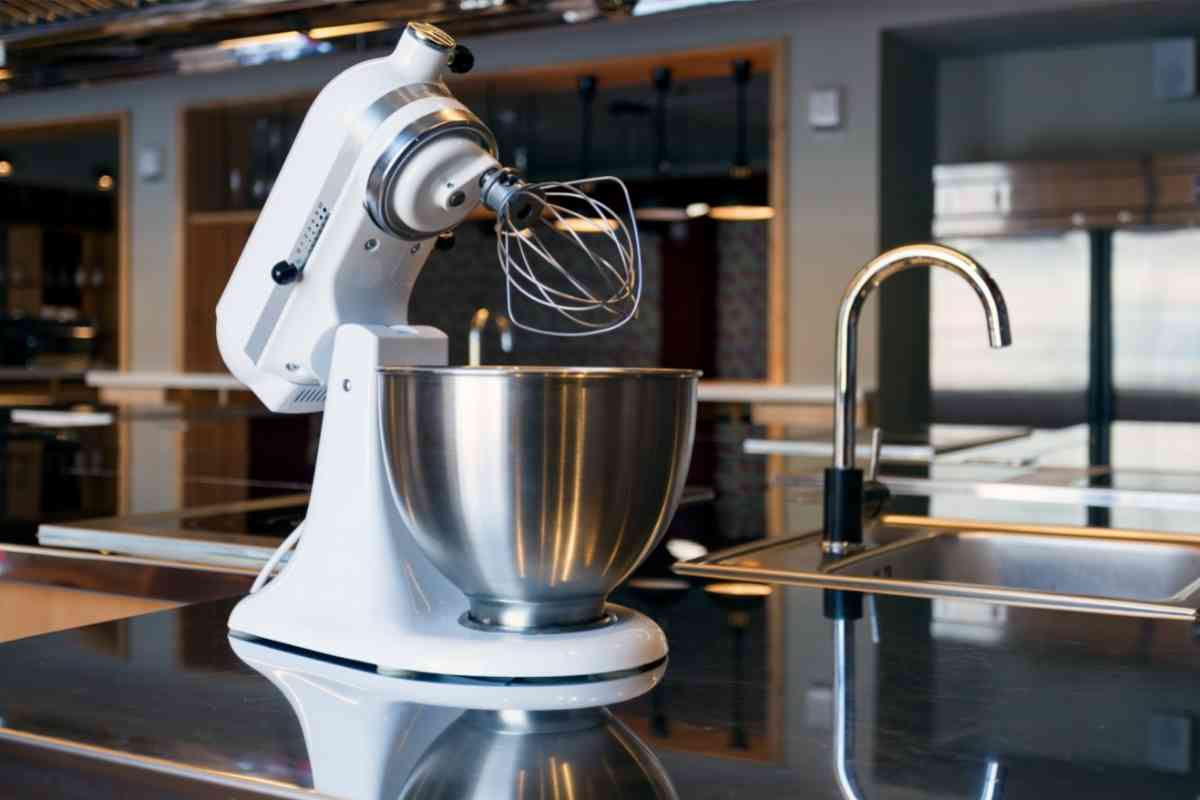
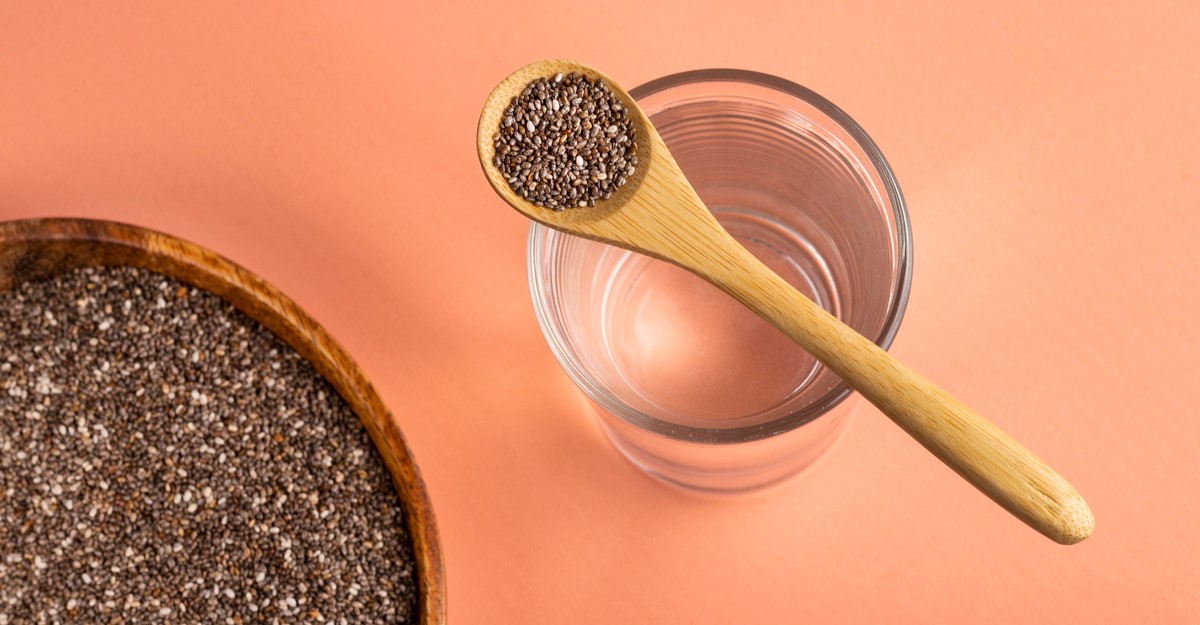
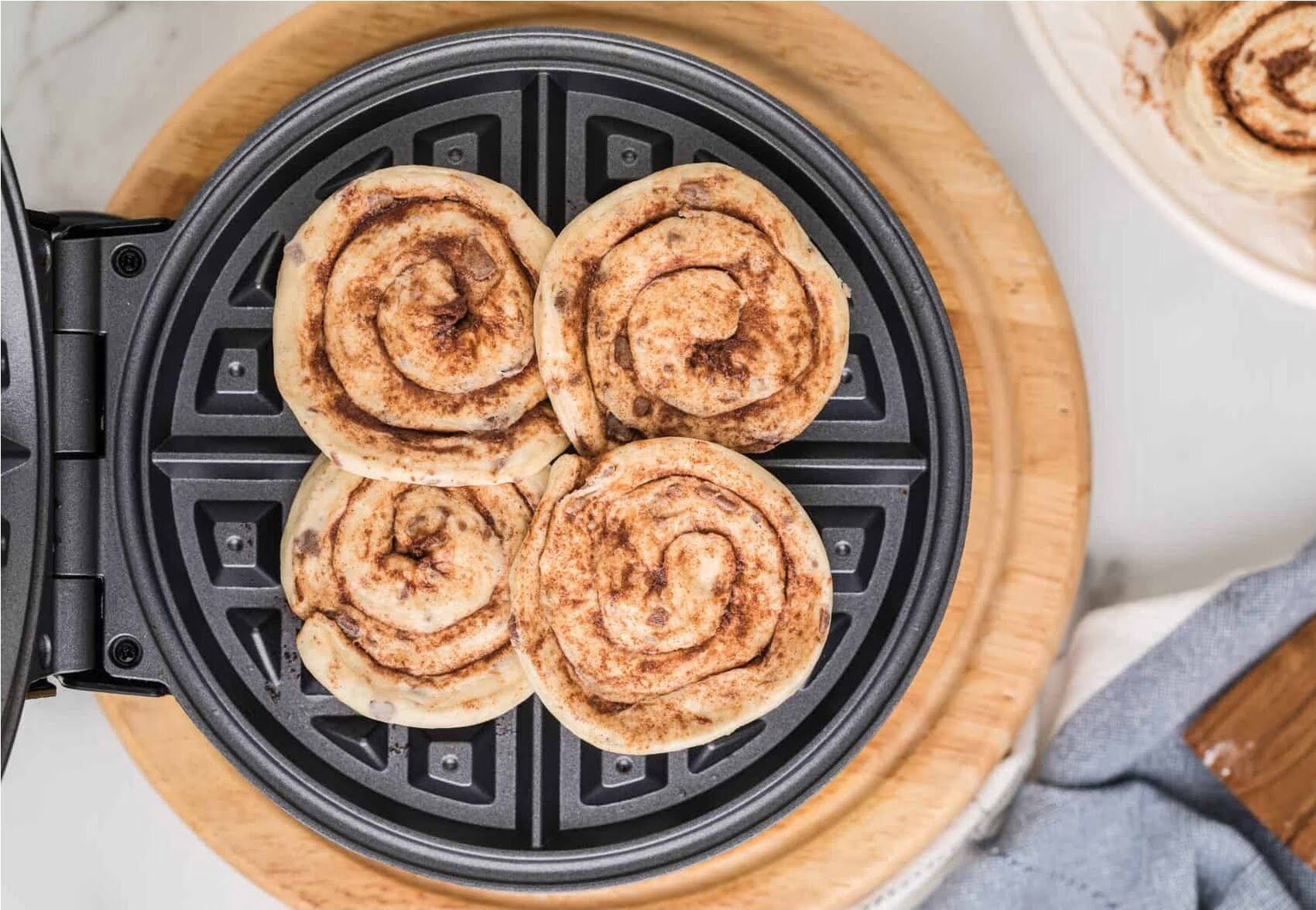
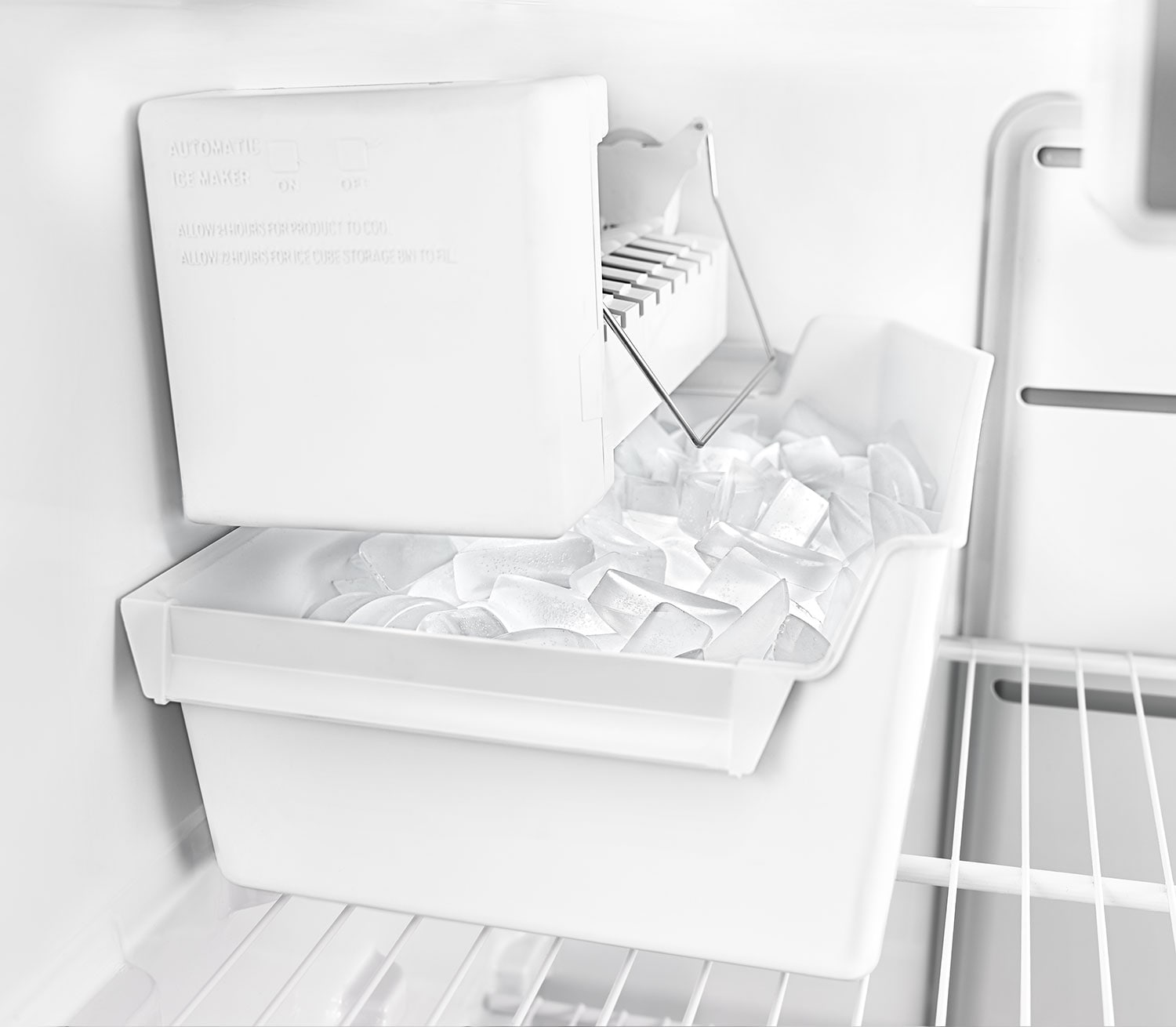
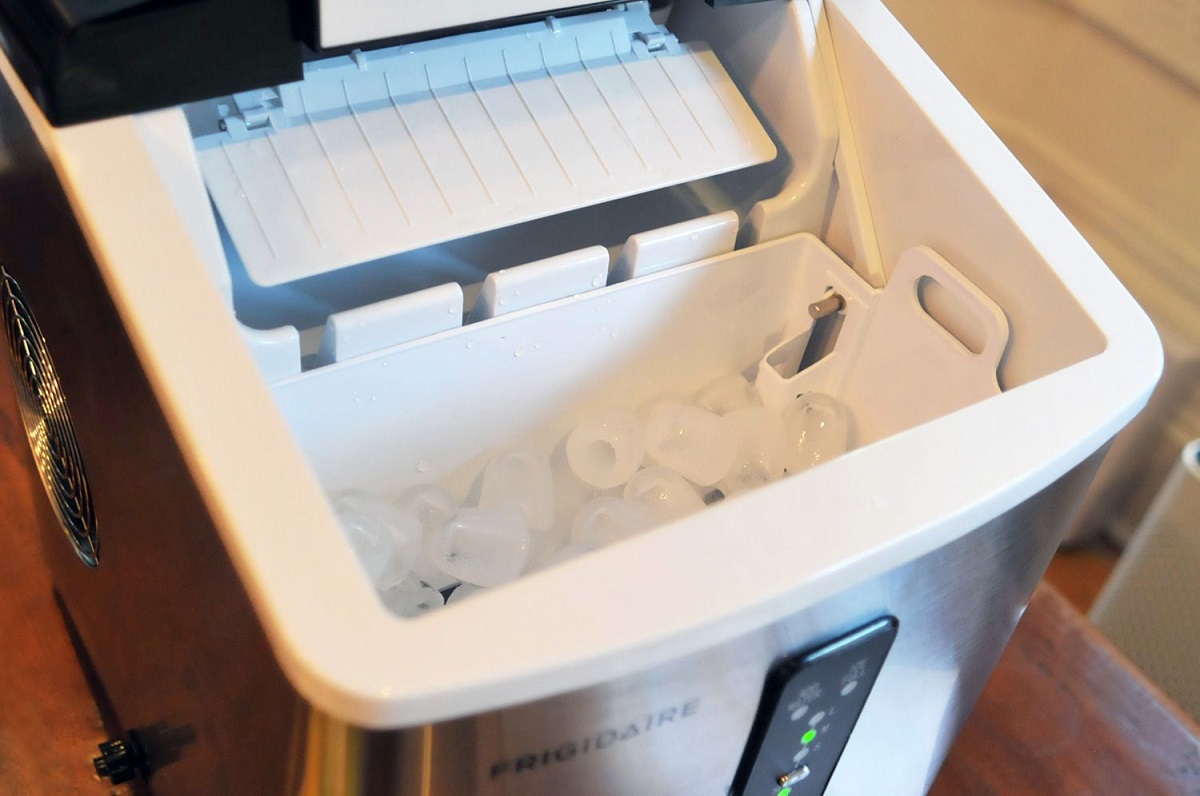
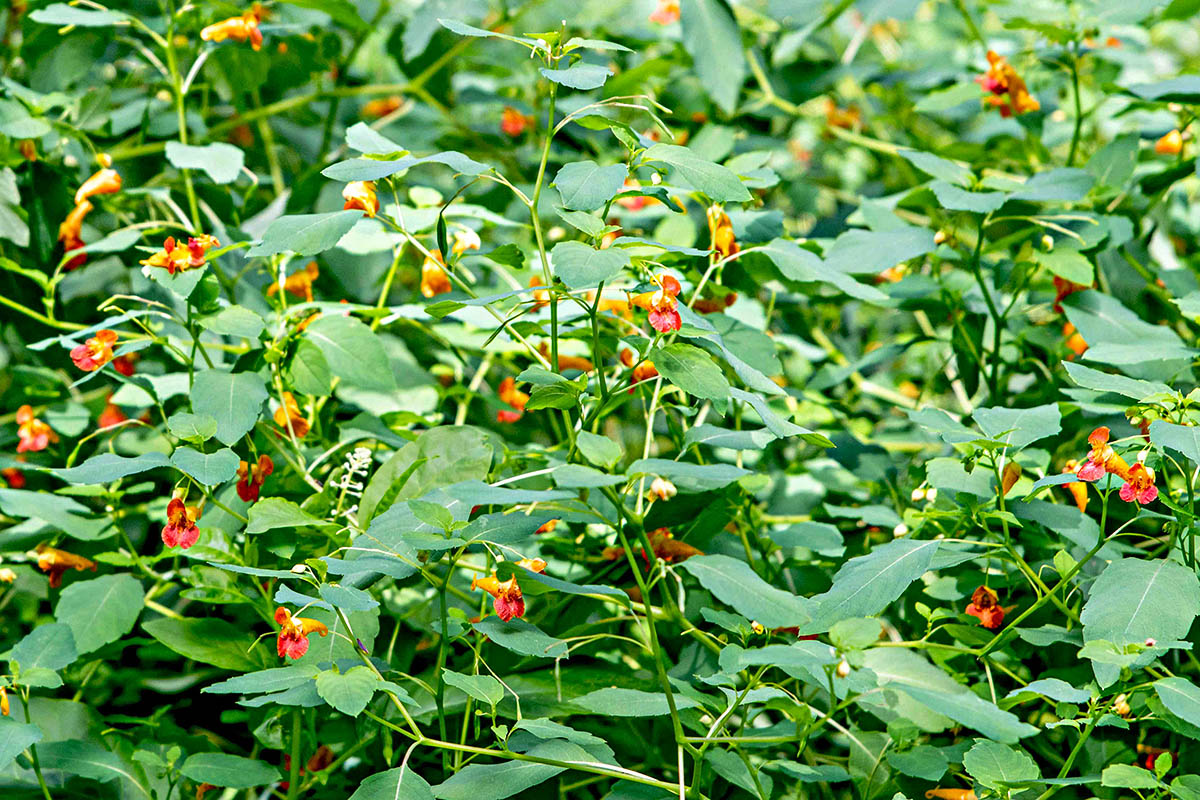
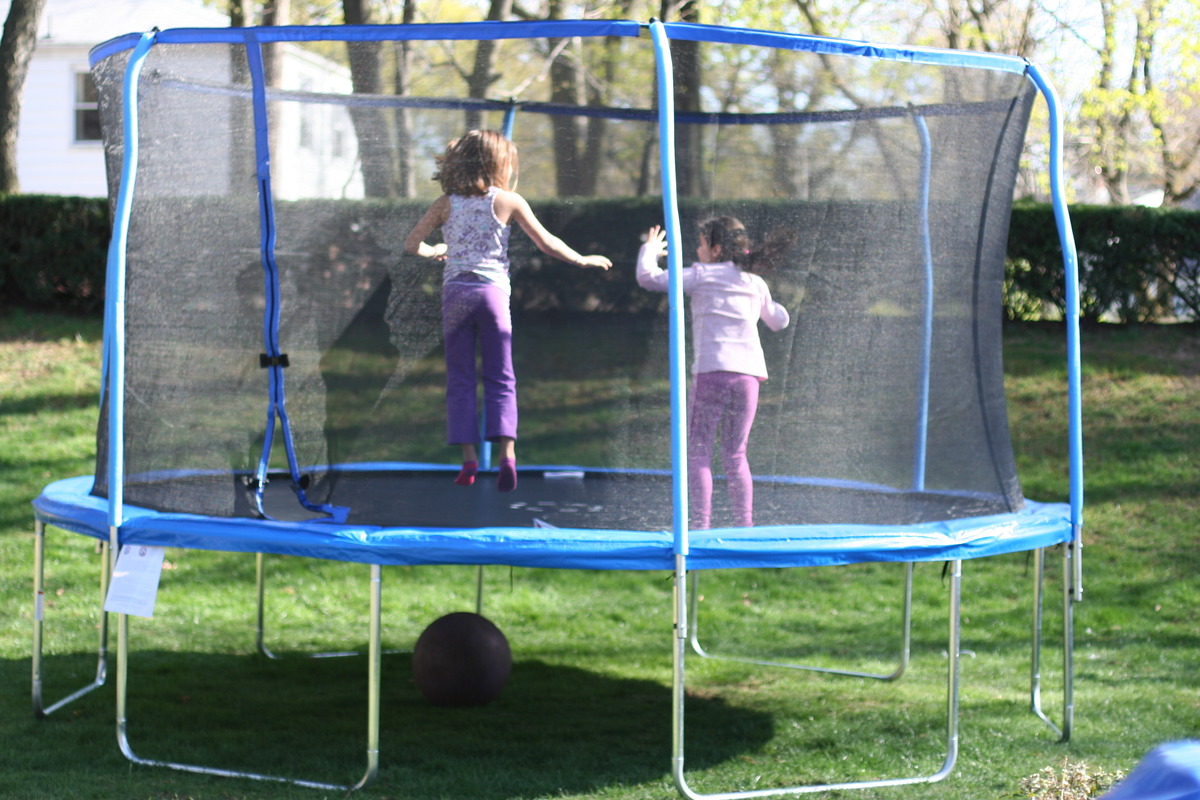

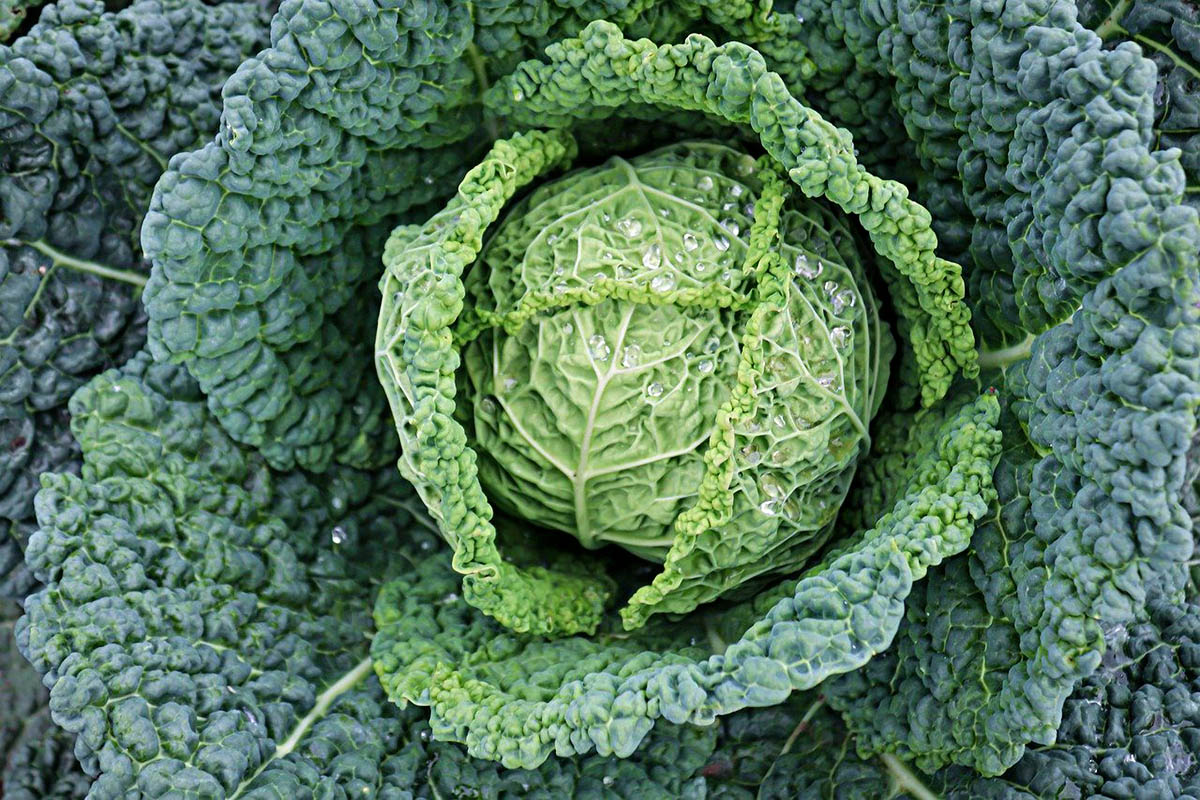


0 thoughts on “How Long Does It Take To Make Meringue With A Hand Mixer”